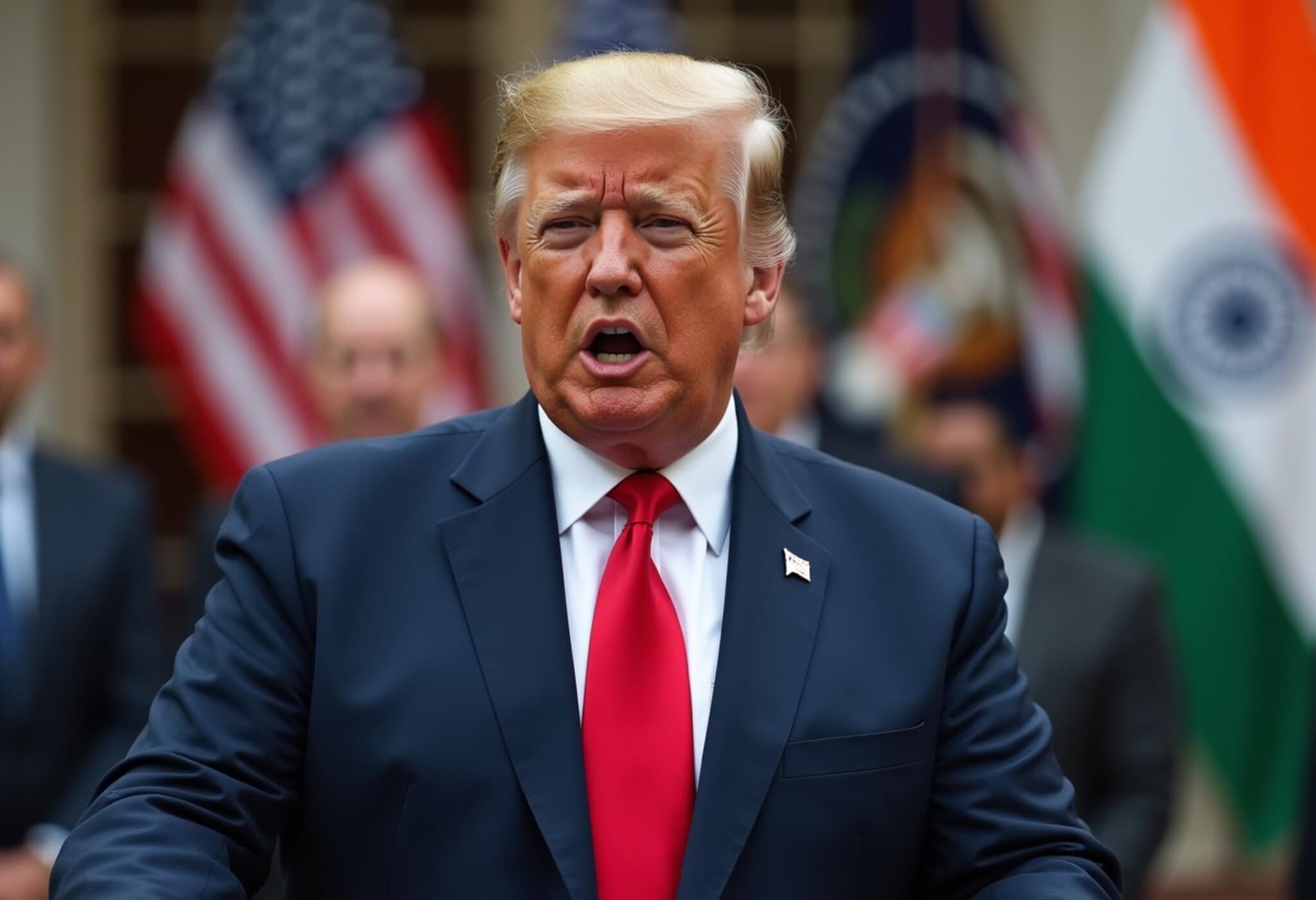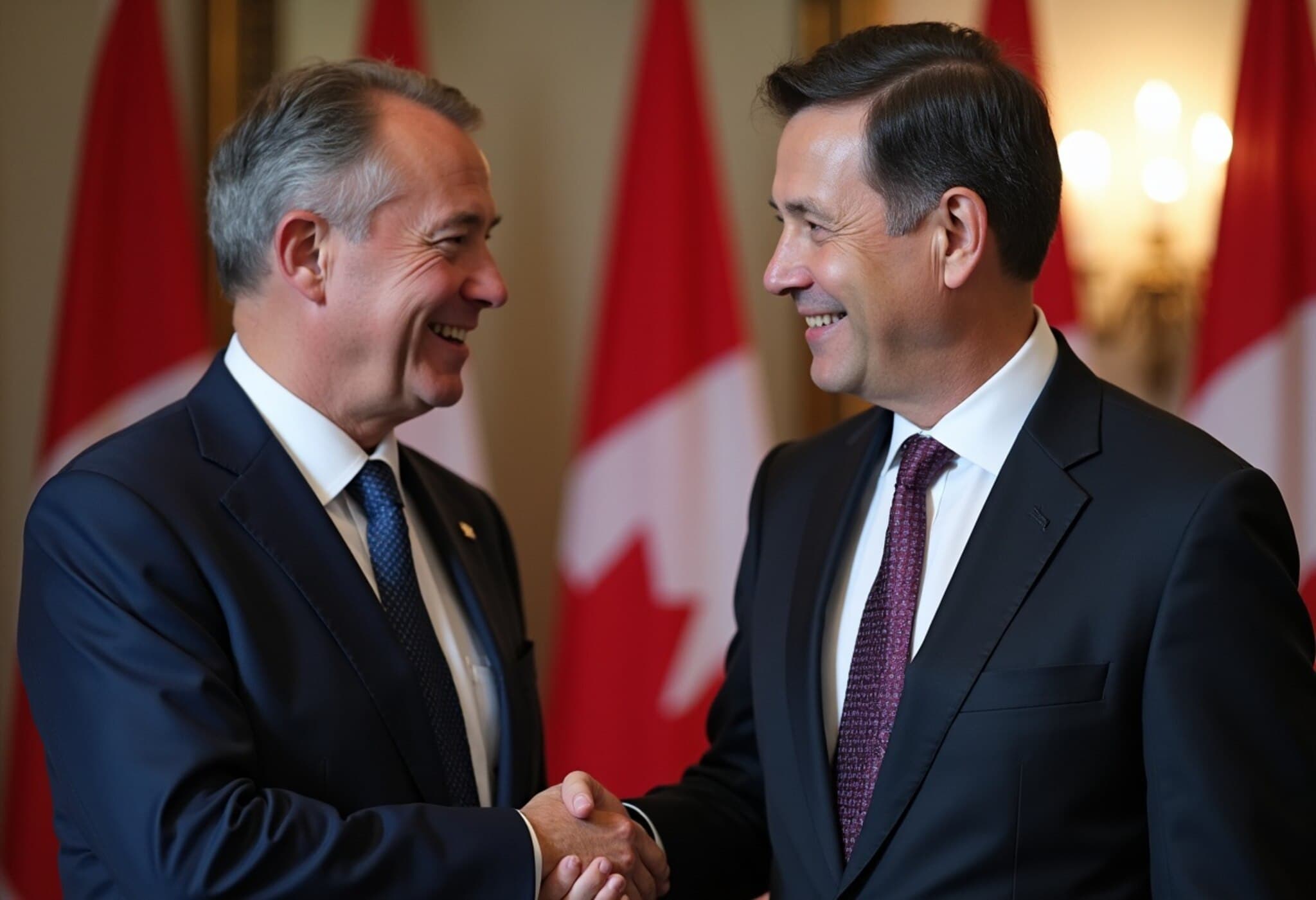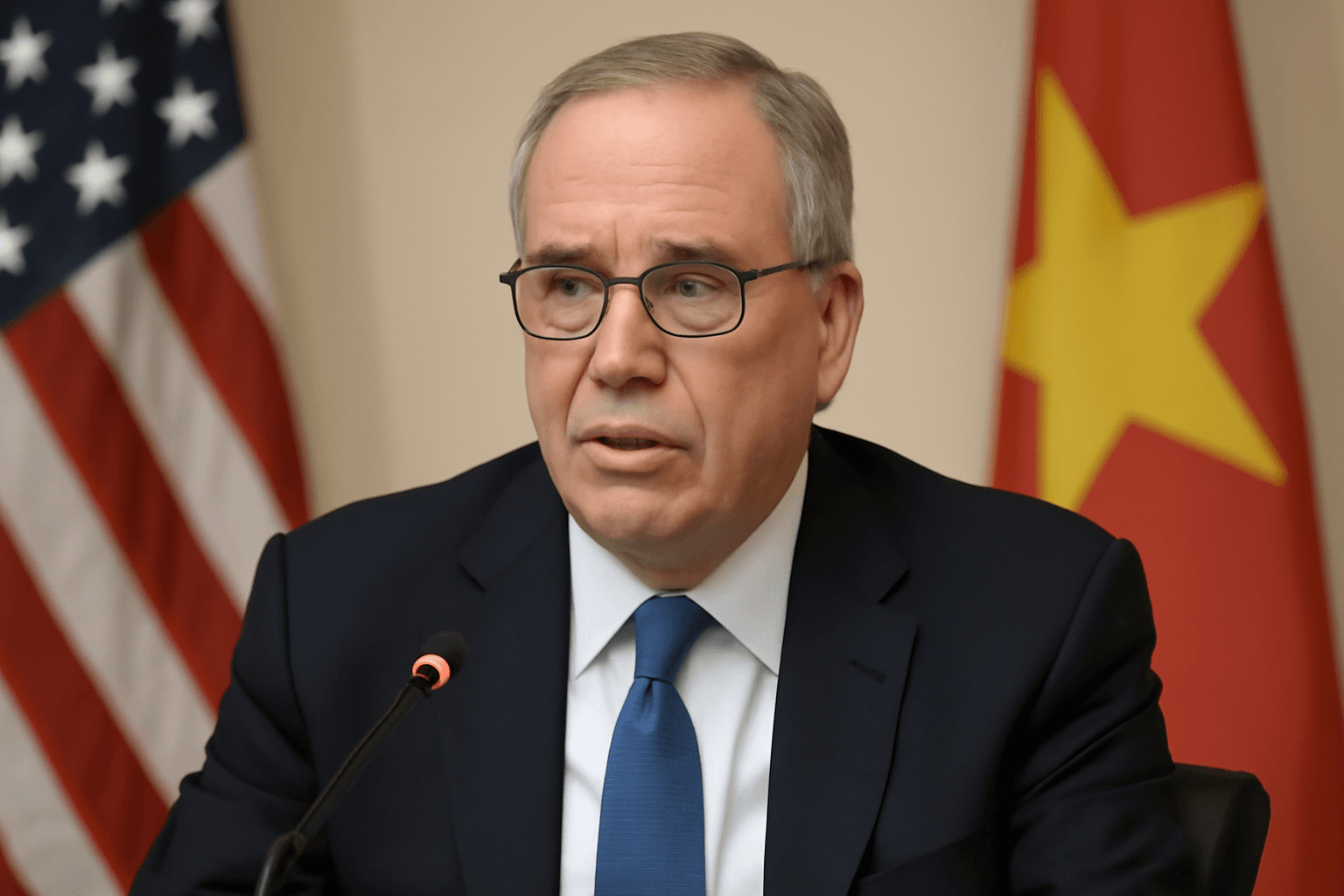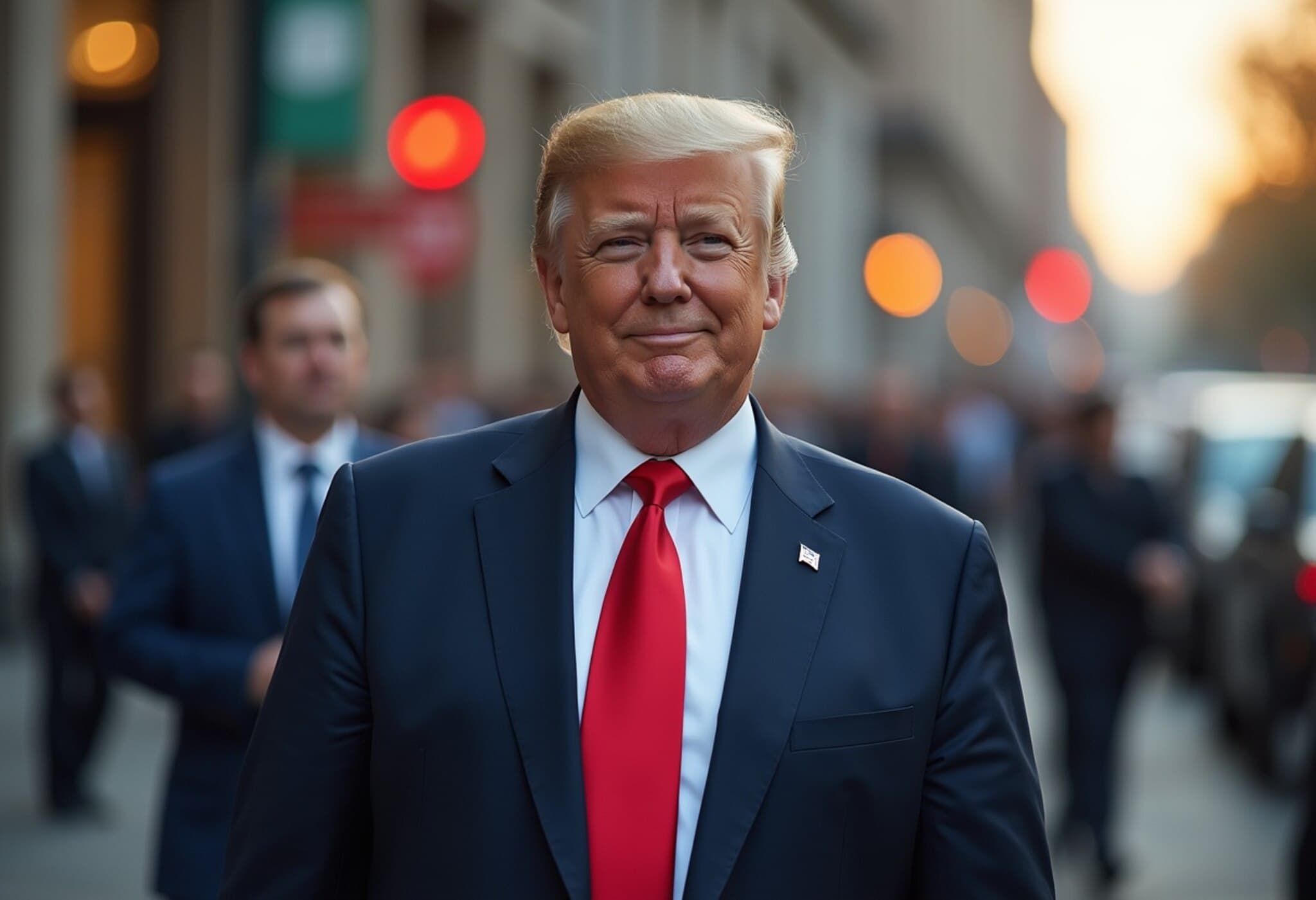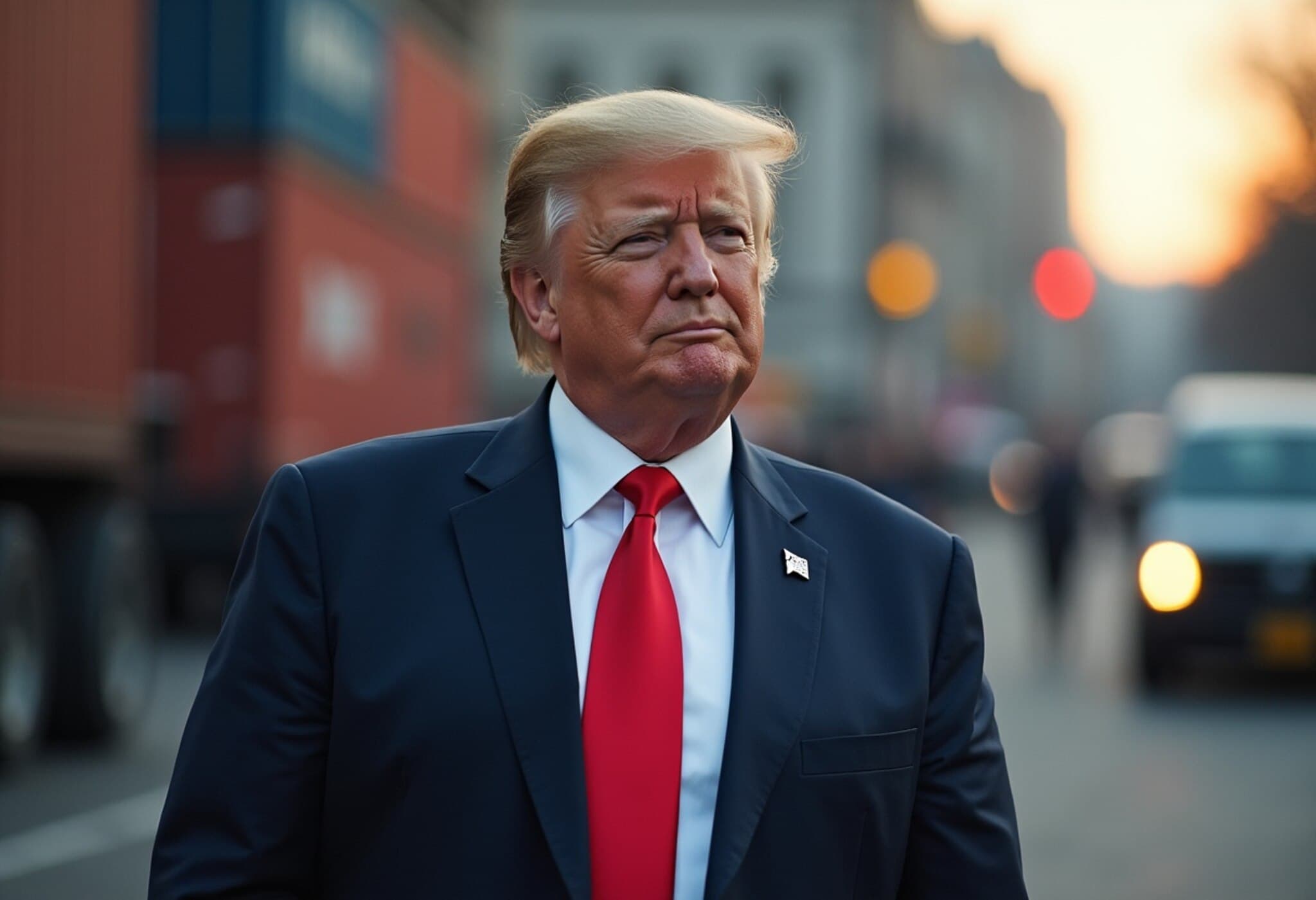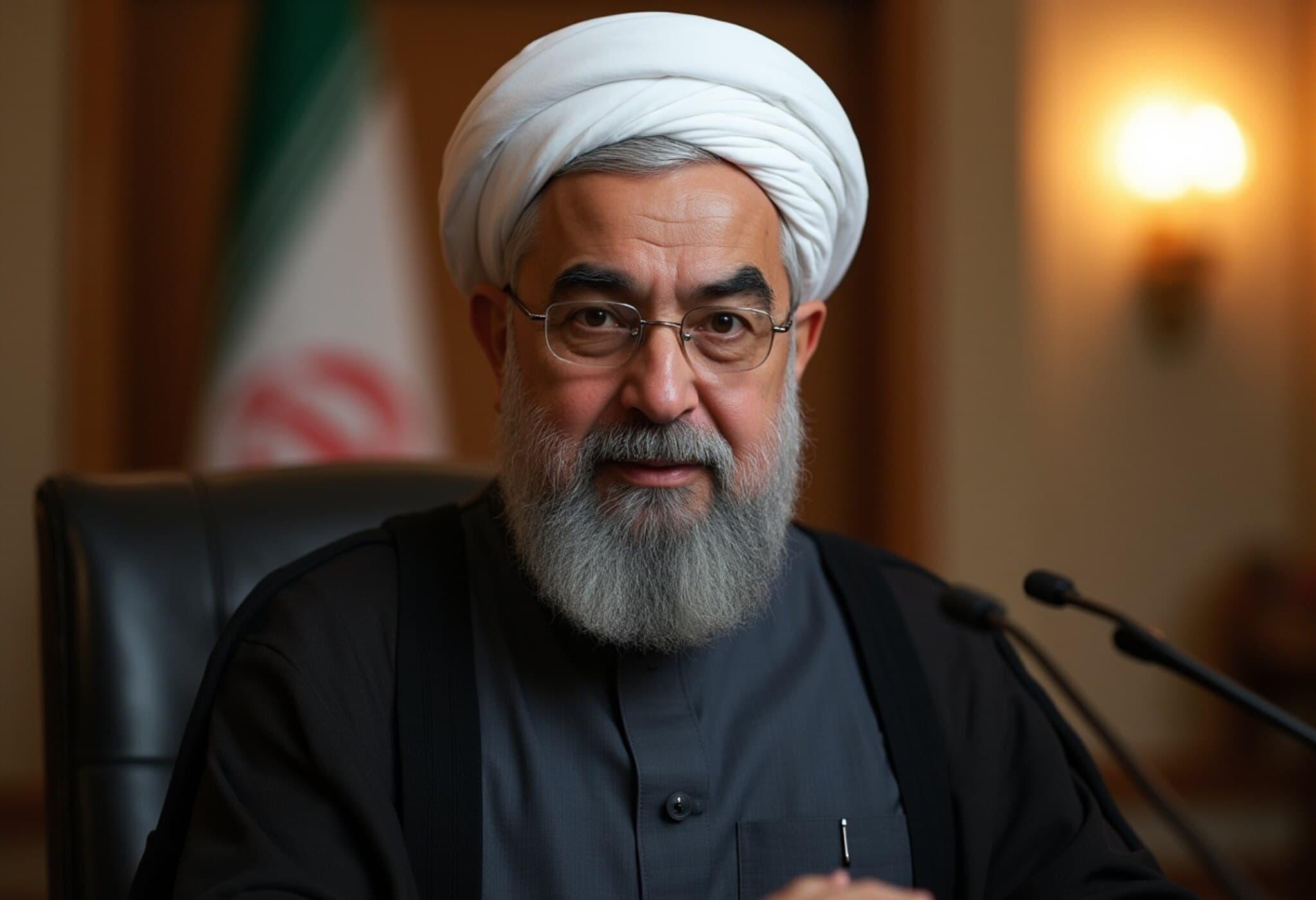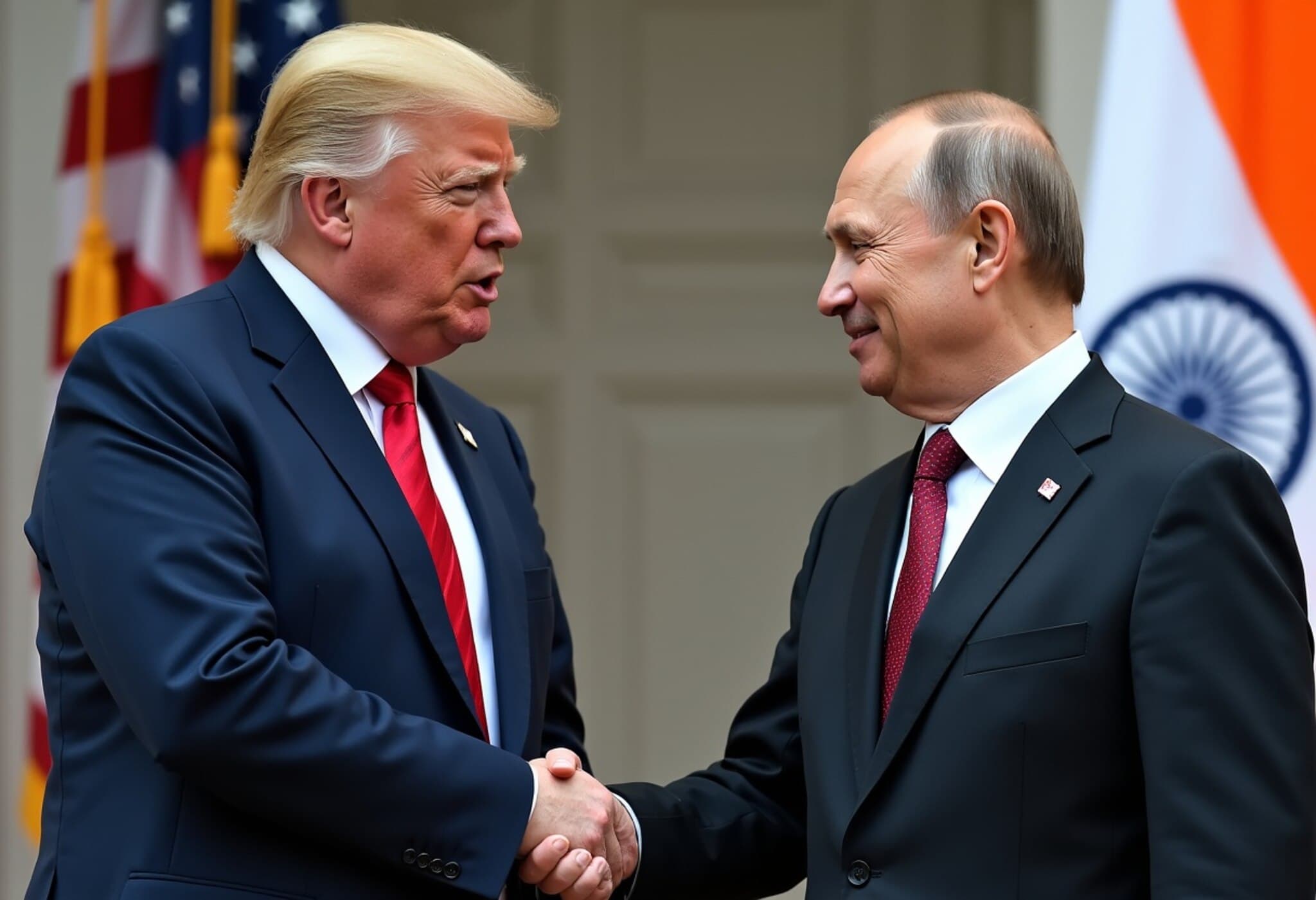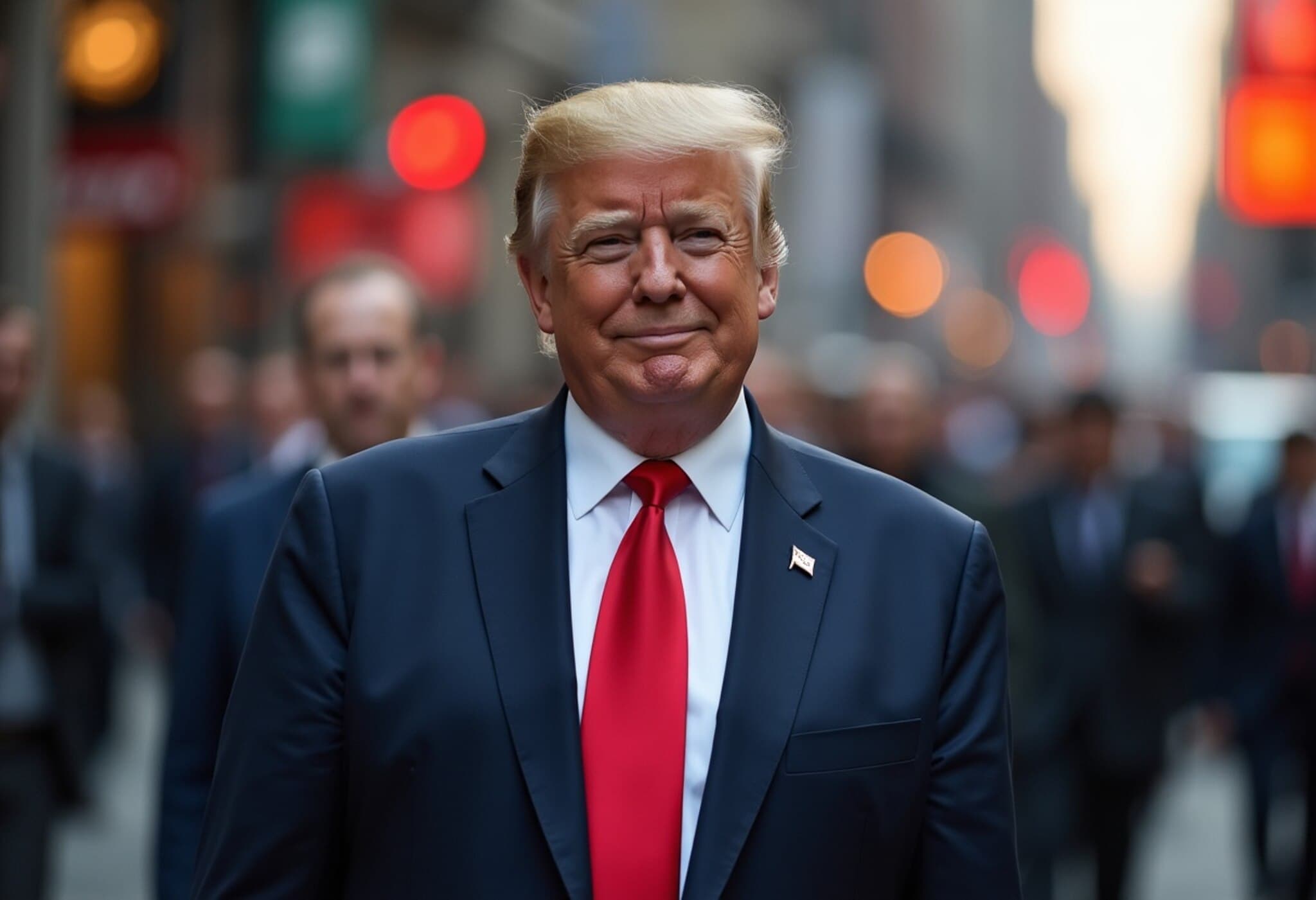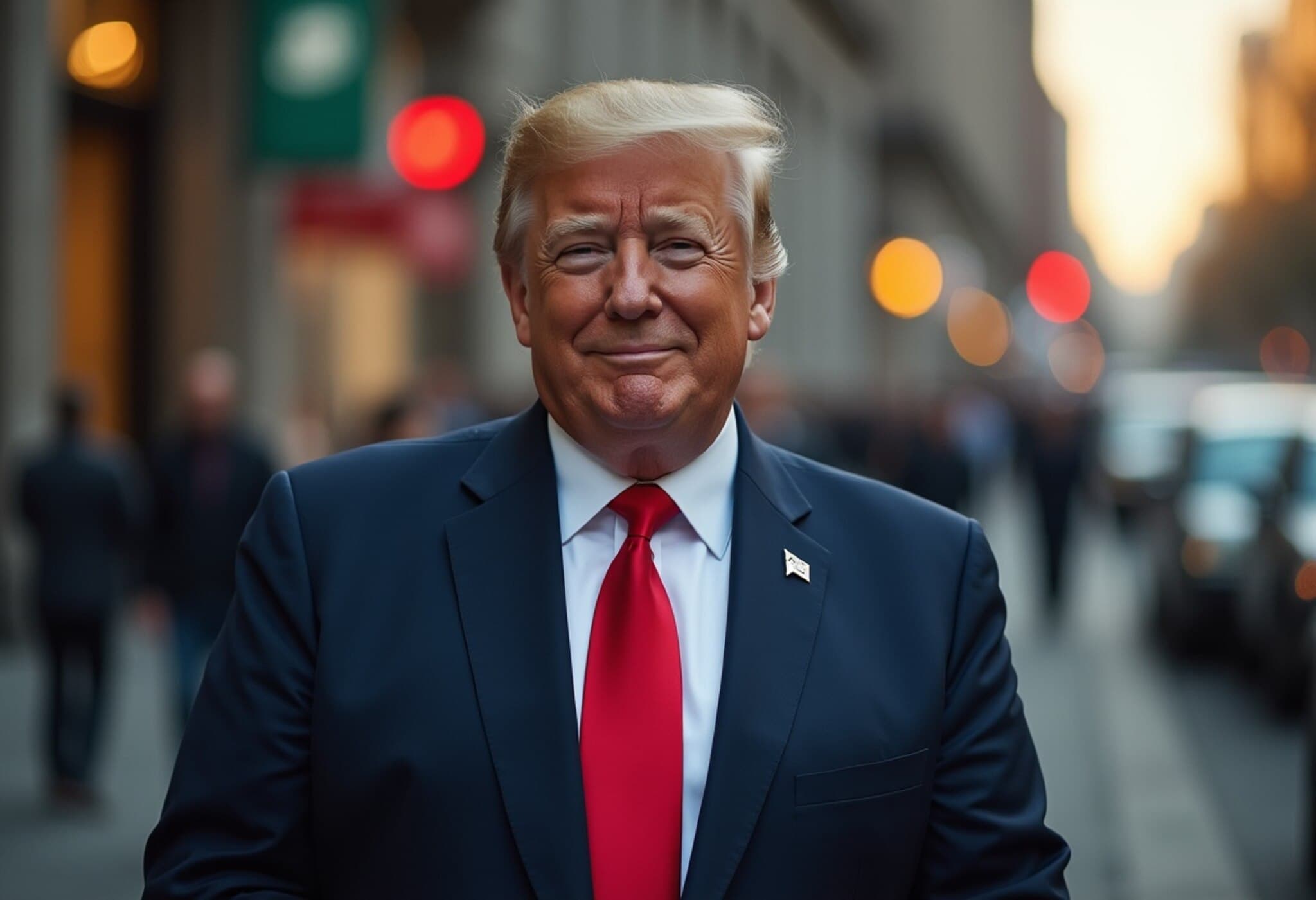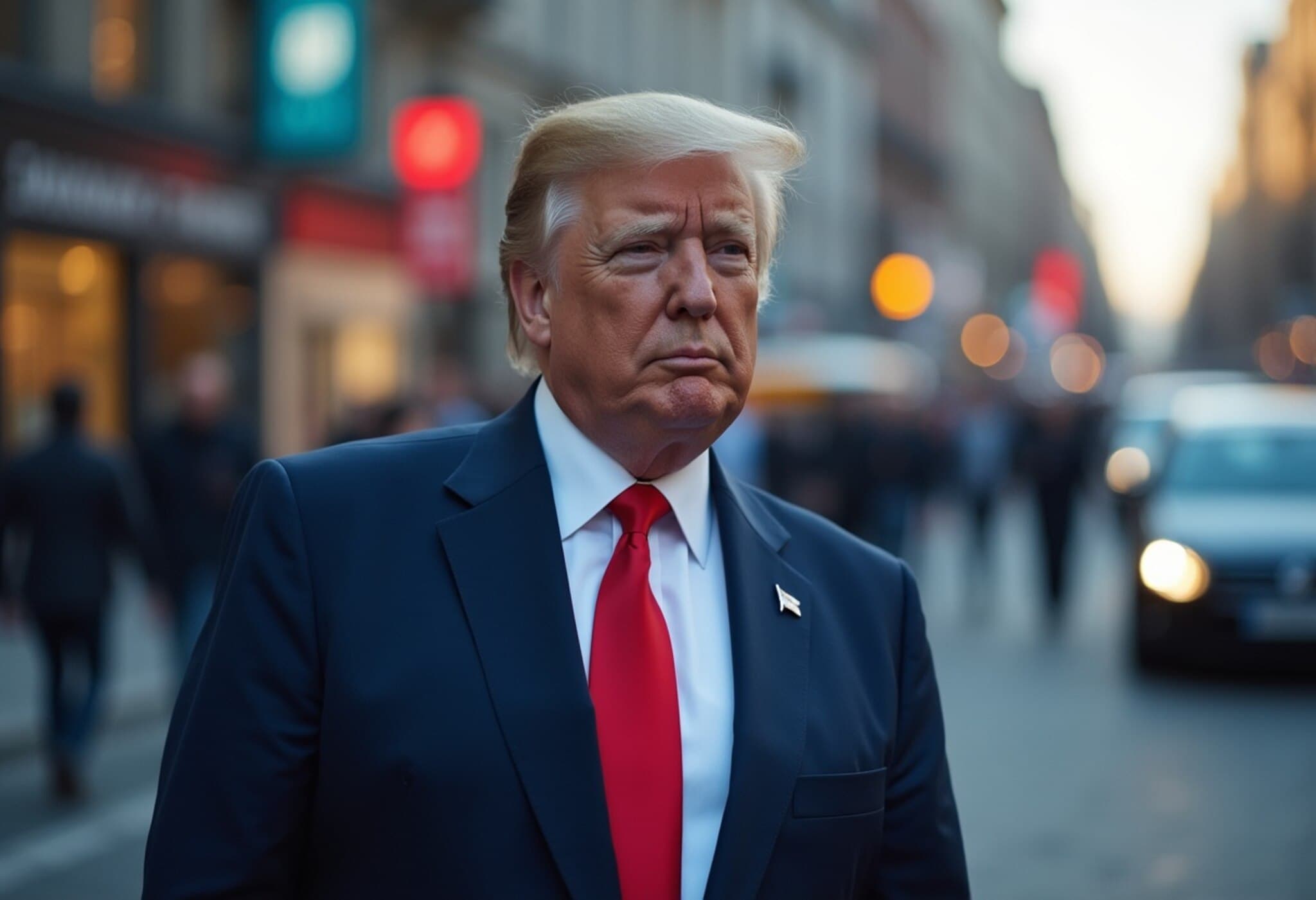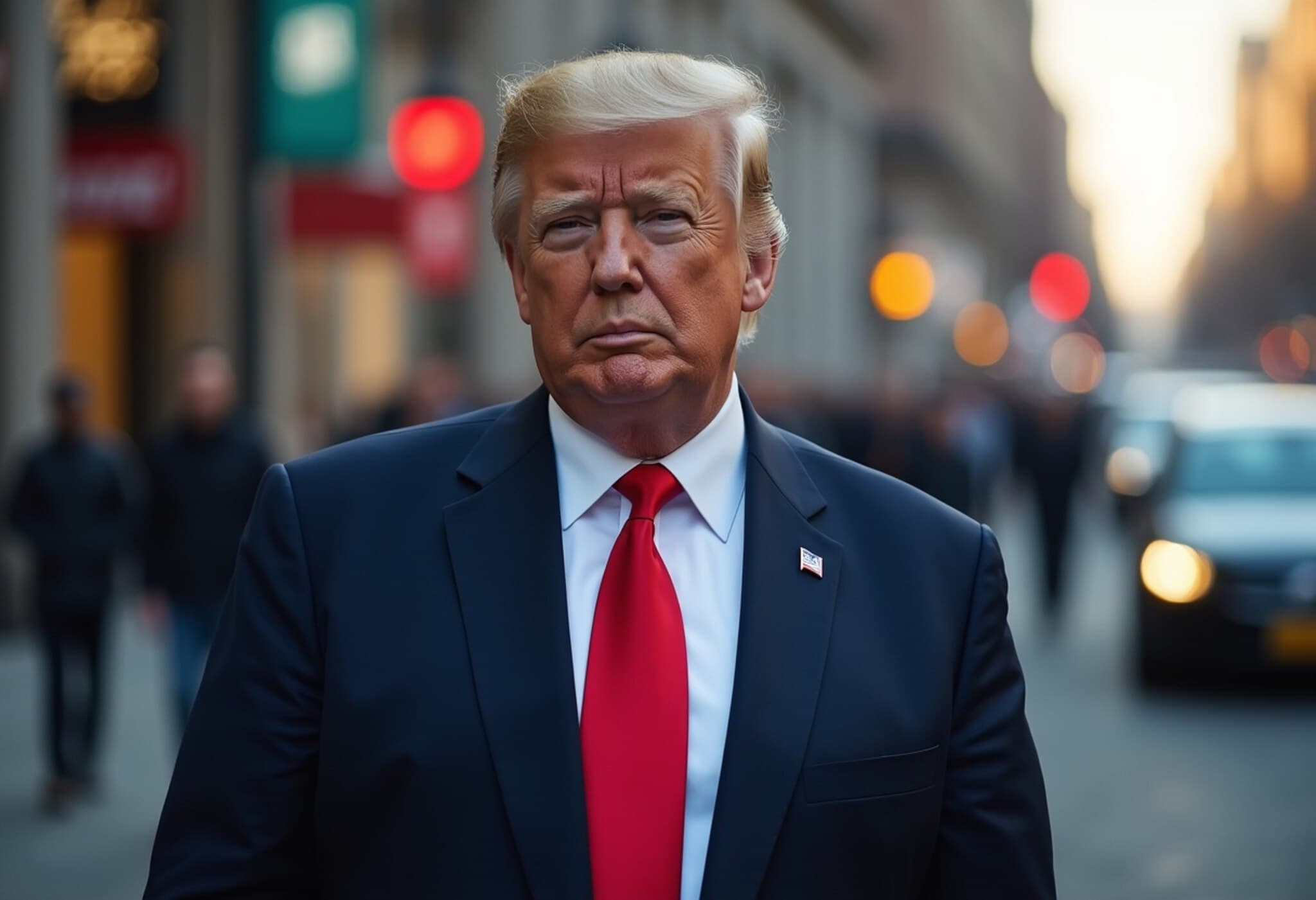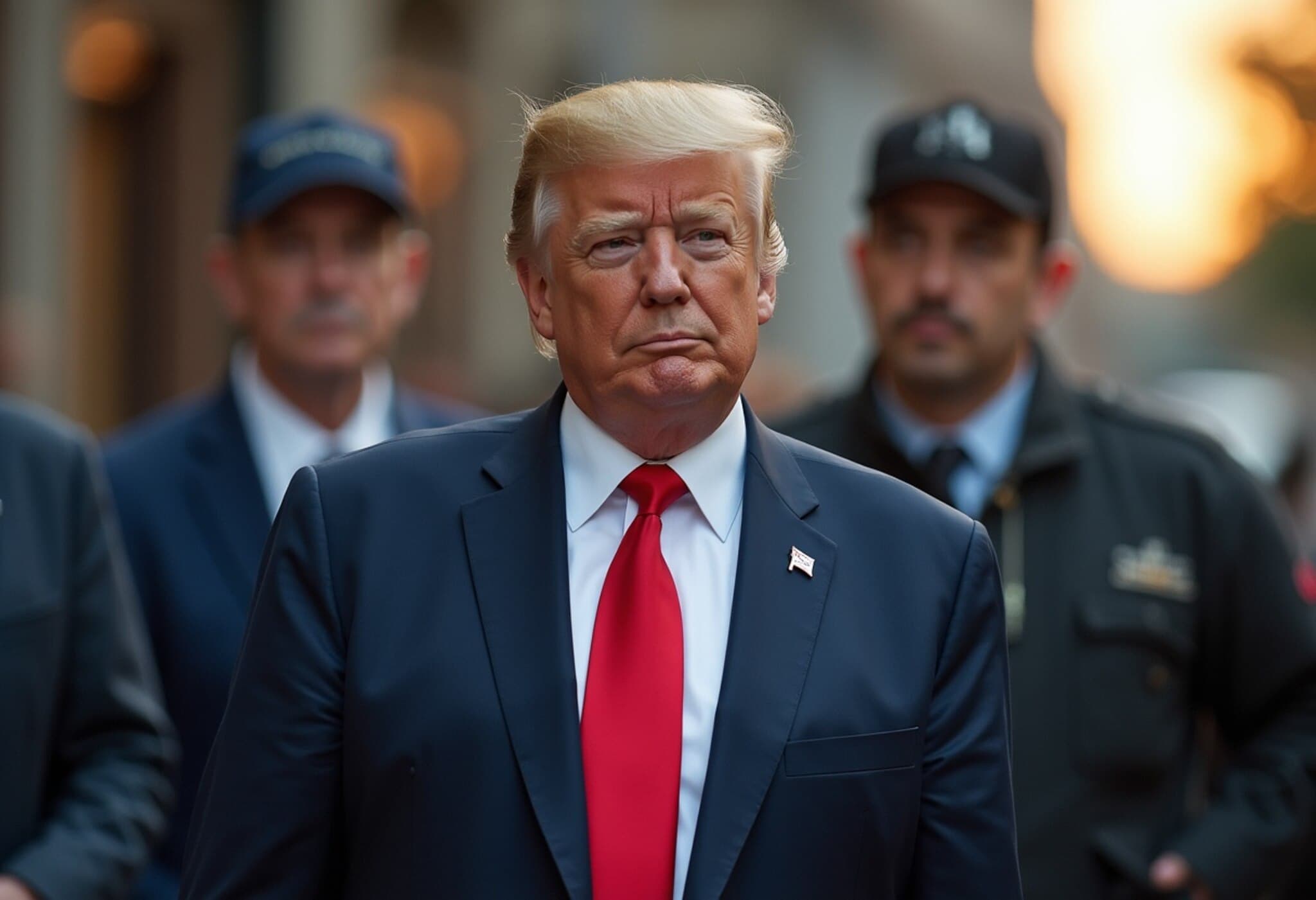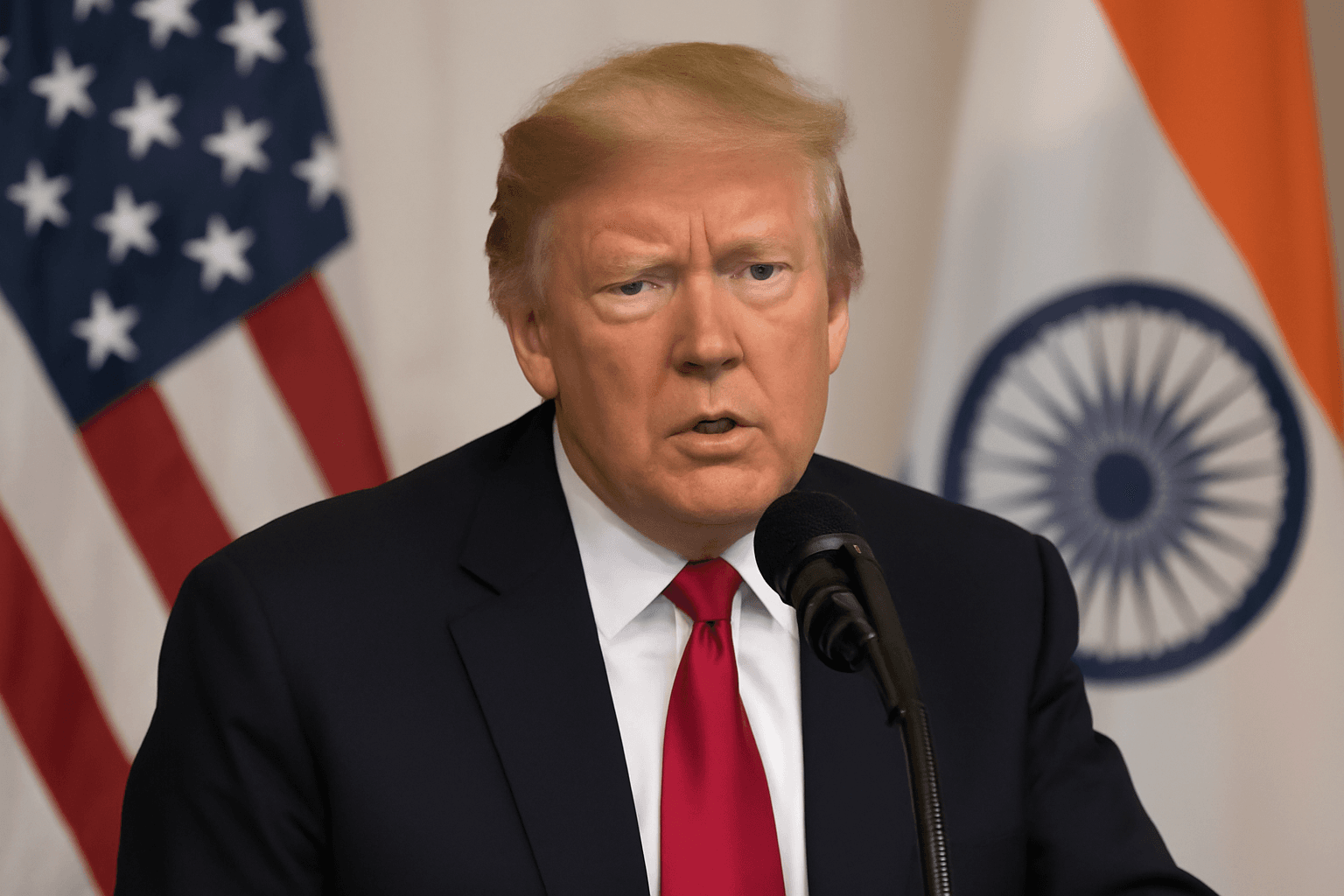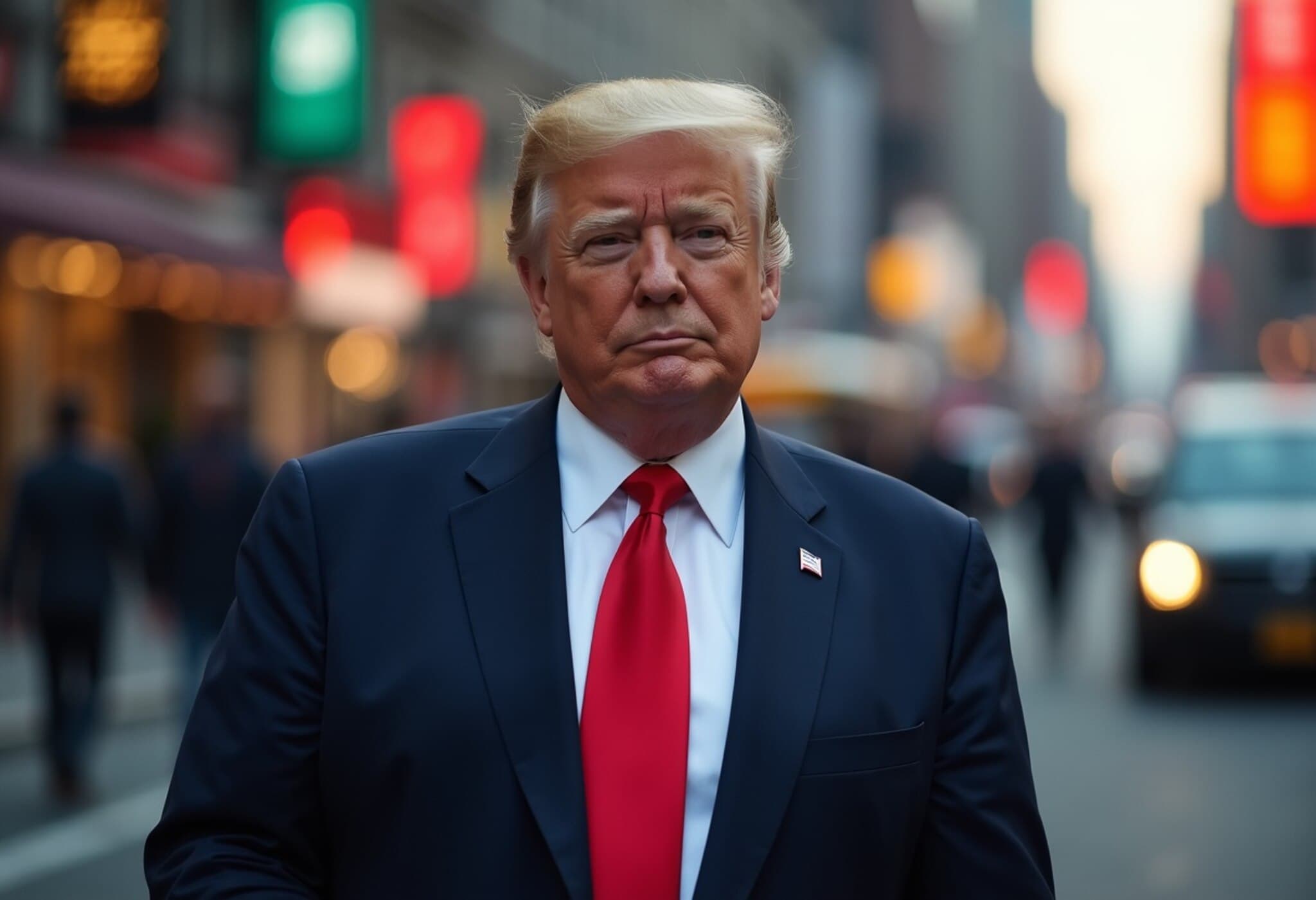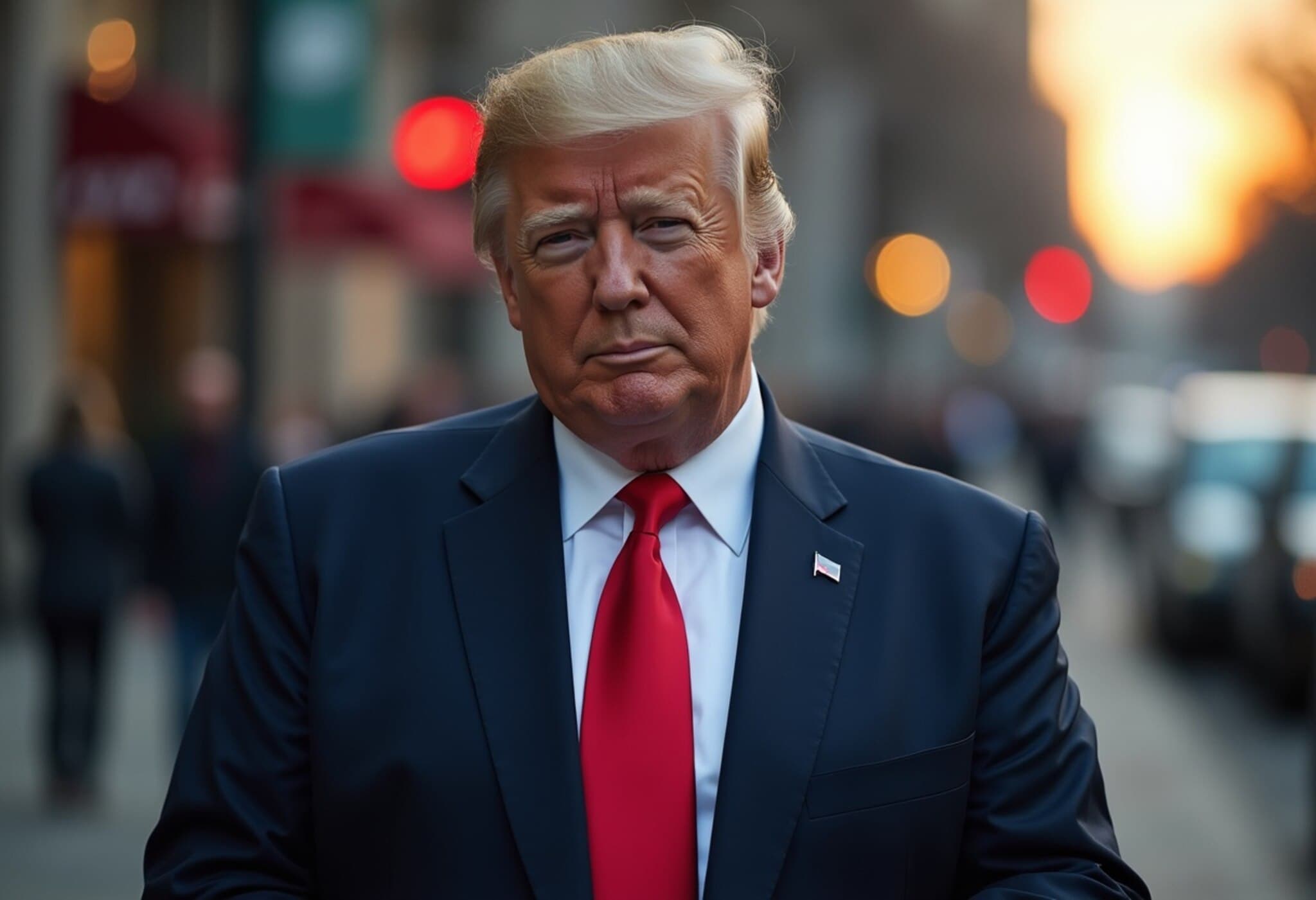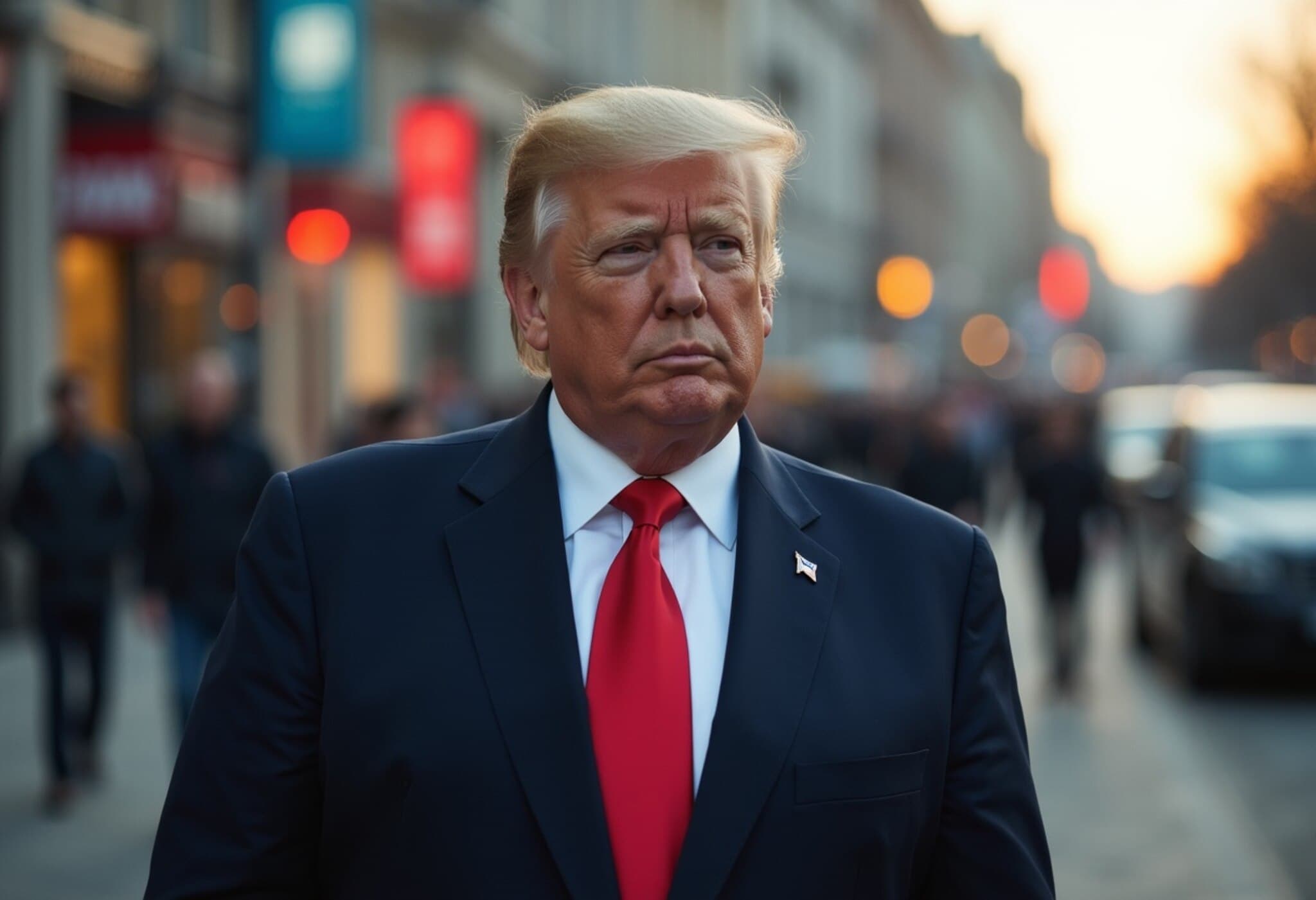Trump Nears Trade Deal with India While Imposing New Tariffs Globally
On July 7, 2025, US President Donald Trump announced he is close to finalizing a trade agreement with India, signaling a potential shift in one of the most critical bilateral relationships in global commerce. Speaking at the White House during a private dinner with Israeli Prime Minister Benjamin Netanyahu, Trump also revealed the US government's plan to impose new tariffs on 14 countries that have yet to meet Washington’s trade terms.
Progress in US-India Trade Talks
"We’ve made deals with the United Kingdom and China. We are close to making a deal with India," Trump stated, hinting at breakthroughs after months of tough negotiations. While the US and India have wrestled over issues such as dairy, agriculture, and tariffs, recent reports suggest both sides are inching toward compromises. US trade negotiators are reportedly considering limited tariff relief on Indian dairy imports, while India may relax its tariffs on select US electronic goods.
Trump underscored the willingness of the US administration to consider legitimate concerns from trading partners. "Some will maybe adjust a little bit depending if they have a cause. We’re not going to be unfair about it," he said, implying room for flexible solutions within the broader framework of US trade policies.
Tariffs as a Tool for Trade Leverage
However, Trump issued a stark warning to countries unwilling to align with US trade expectations. He elaborated, "Others we met with, and we don’t think we’re going to be able to make a deal, so we just send them a letter," referring to formal notifications about upcoming tariff impositions. Starting August 1, tariffs will come into effect on imports from 14 specified nations, including Japan, South Korea, Myanmar, Laos, South Africa, Kazakhstan, Malaysia, Tunisia, Indonesia, Bosnia, Bangladesh, Serbia, Cambodia, and Thailand.
The newly levied tariffs are part of a broader strategy to encourage countries to engage in trade negotiations favorable to US economic interests. Trump’s administration has stressed reciprocity, referencing the 26% reciprocal tariffs initially announced against India in April but currently suspended as negotiations continue.
Contextual Insight: What This Means for Global Trade
This development underscores the increasingly transactional nature of US trade policy under the Trump administration, emphasizing leverage and hard bargaining. The potential US-India trade deal could have profound implications for supply chains and market access, especially amid ongoing global economic uncertainties triggered by pandemic recovery phases and geopolitical tensions.
Notably, India's emphasis on protecting its dairy sector aligns with its broader agricultural priorities, which serve as a sensitive political and social issue domestically. Conversely, the US’s pressure for market openings signals a desire to enhance exports of high-value technology and manufactured goods.
Experts caution that while progress is promising, the intricacies of finalizing trade deals remain complex; tariff concessions often entail difficult political trade-offs and balancing domestic industry interests.
Underreported Narratives and Emerging Questions
- How will these tariffs affect the economies of developing nations included in the new tariff list? Increased tariffs may strain their export-dependent sectors amid global inflationary pressures.
- What are the implications for American consumers and industries relying on imports from these nations? Tariff hikes could lead to higher prices and supply-chain disruptions.
- Will the US-India deal meaningfully shift geopolitical alliances? Strengthening economic ties could reshape Asia-Pacific strategic dynamics, especially amid China's rising influence.
Looking Ahead
As the August 1 tariff deadline approaches, stakeholders across sectors will watch carefully how these pressures influence ongoing negotiations. The evolving US posture also raises broader questions about the future of multilateral trade agreements in an era marked by rising protectionism and economic nationalism.
Editor's Note
This announcement marks a critical juncture in US trade policy, reflecting a blend of negotiation progress with India and assertive tariff diplomacy targeting other countries. Readers should consider the far-reaching economic and political implications beyond headline tariffs — including how these moves impact global supply chains, consumer prices, and international relations.
Will the 'close to a deal' status materialize into a fair, sustainable agreement benefiting both the US and India? And how will other affected nations respond to new tariff pressures? These questions remain at the heart of a rapidly shifting global trade landscape.

